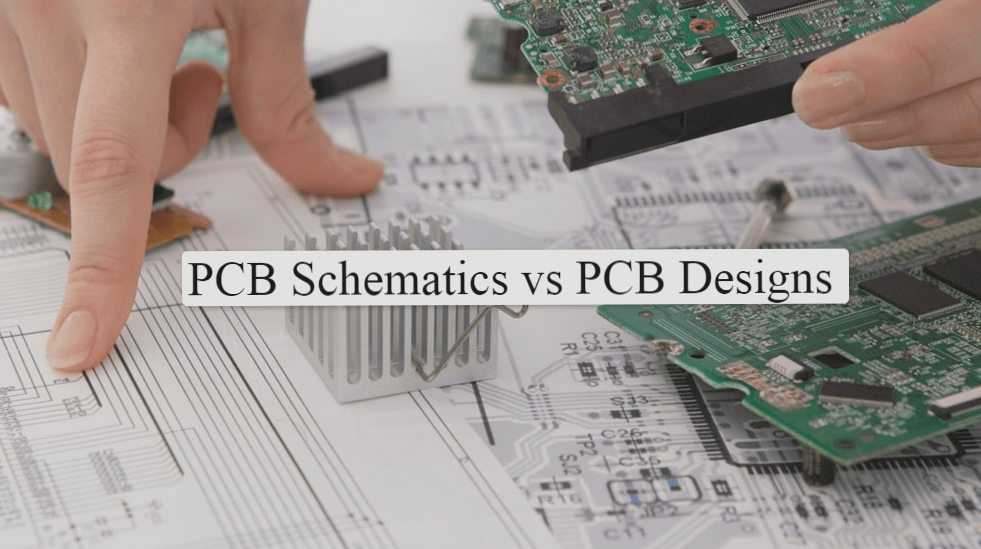PCB Etching: Turning Imagination into Reality
To bring your PCB project to life, you need to follow several steps. First, design your PCB online and have it printed on a copper plate. To achieve your desired pattern, you must remove excess copper through PCB etching.
What is PCB Etching?
PCB etching is a crucial process in PCB manufacturing. It involves removing excess copper from the plate using a chemical solution to create the desired pattern.
Importance of PCB Etching
Without PCB etching, your PCB won’t be ready for installation in an electronic device. This step ensures the removal of excessive copper traces, providing clarity on the PCB’s quality.
Methods of PCB Etching
There are two main methods for PCB etching:
1. Wet Etching
In wet etching, a solution is used to remove excess copper traces from the PCB. Factors like solution concentration, temperature, and stirring play a crucial role in this process.
2. Wafer Etching
Various substances like silicon dioxide, silicon nitride, and aluminum are utilized in the solution for wafer etching. Each chemical’s quantity must be carefully measured to ensure the effectiveness of the etching process.
Latest Trends in PCB Etching Solvents
The current popular PCB etching solvents include cupric chloride, iron, sulfuric acid hydrogen peroxide, alkaline ammonia, ammonium persulfate, and sulfuric acid – chromic acid etching solution. Manufacturers often customize their PCB etching solutions, with some using a combination of copper chloride (CuCl2) and ferric chloride (FeCl3).
In addition to traditional methods, new environmentally friendly etching solutions are gaining popularity in the industry. These solutions aim to reduce the environmental impact of PCB manufacturing processes while maintaining high-quality etching results.
Advantages of Wet PCB Etching
- Ensures better surface uniformity
- Compatible with various materials like glass, plastics, and metals
- Cost-effective and efficient
- Does not harm the PCB
Disadvantages of Wet PCB Etching
- Isotropic etching may lack pattern fidelity
Dry Etching: A Modern Approach
Dry PCB etching utilizes plasma technology, making it a crucial method for achieving sub-micron sizes in PCB manufacturing. The use of plasma in etching creates volatile substances by reacting with the surface film, resulting in anisotropic etching characteristics.
Pros of Dry Etching
- Provides better etching uniformity
- Cost-effective solution
Cons of Dry Etching
- May cause damage to the PCB
- Requires expensive equipment
Importance of Fresh Etching Solutions for PCB Work
It is essential to prepare a new etching solution for each PCB etching process to ensure optimal results. Reusing old solutions can lead to decreased etching performance. Proper disposal of used etching solutions is crucial to prevent environmental contamination.
Step-by-Step Guide for PCB Etching
To successfully etch a PCB, follow these steps carefully: design the board, cut the copper plate, print the design, transfer the circuit, prepare the etching solution, dip the board, and clean and finish the PCB. Attention to detail and safety measures are key to a successful PCB etching process.
How to Safely Prepare a PCB Etching Solution at Home
- Avoid rubbing the cloth on the PCB to prevent any damage to the surface
Can You Create a PCB Etching Solution at Home?
If you have experience in PCB work, you can make a PCB etching solution at home. Wondering which chemical is best for PCB etching? By now, you should have the answer from the information provided.
To create a PCB etching solution at home, you’ll need a plastic box and the necessary chemical. Fill the plastic box with water and dissolve 2-3 teaspoons of ferric chloride. Submerge the PCB in the solution for approximately 30 minutes.
The ferric chloride solution will interact with the exposed copper, eliminating any unwanted copper from the PCB.
The Bottom Line
By now, you should know the ideal chemical for PCB etching. We’ve covered two PCB etching methods, with wet etching being the more popular choice. Choose the method that suits you best. Remember, PCB etching is vital for a complete PCB design and manufacturing process.


